Cleaning and Maintenance
-
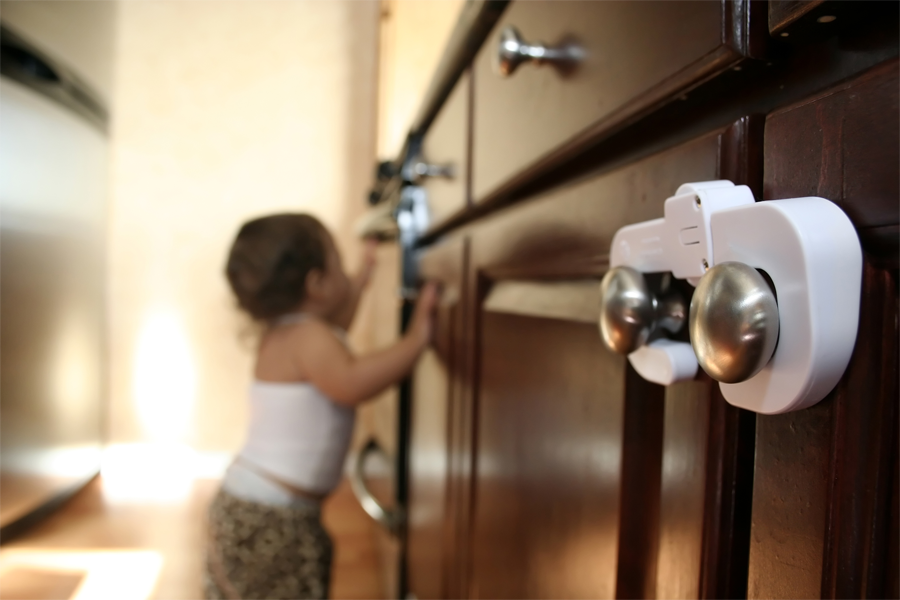
Nearly 2.3 million children are accidentally injured every year and more than 2,500 are killed, according to the U.S. Centers for Disease Control and Prevention. Since one of the biggest threats to children is an injury occurring at home, it is important to take preventative steps to childproof your home. While this may seem like a daunting task at first, this checklist includes basic tips, broken down by room, to help make your home safer for the whole family.
Pamela R. Turner, Teresa Adkins, Janette Burkes, Brittany Harrison, Victoria Presnal, Michelle Quick, Laura T. Smith, and Diane W Bales
|
-

Our homes are filled with potentially hazardous household products we use for cleaning, gardening, auto maintenance and other activities around the house. These products may contain ingredients that can be hazardous when not used, stored, and disposed of properly. You can make your home safer and healthier by reducing exposure to hazards in your home by following these tips.
Pamela R. Turner, Olivia Handley, Michelle Quick, Keishon Thomas, Nancy Adams, and Susan L Moore
|
-
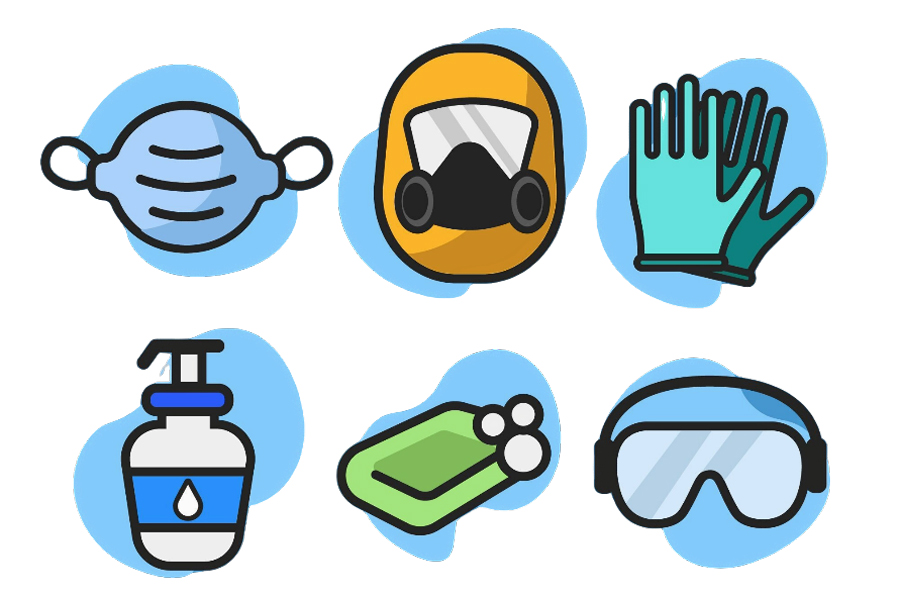
If your home is affected by a flood or other water-related disaster, fabric and clothing can become contaminated by floodwater, airborne mildew, or sanitation system failure. This guide provides steps to safely clean salvageable clothing and fabric items in order to save money, reduce waste, and keep people safe.
Elizabeth Anne Weigle
|
-
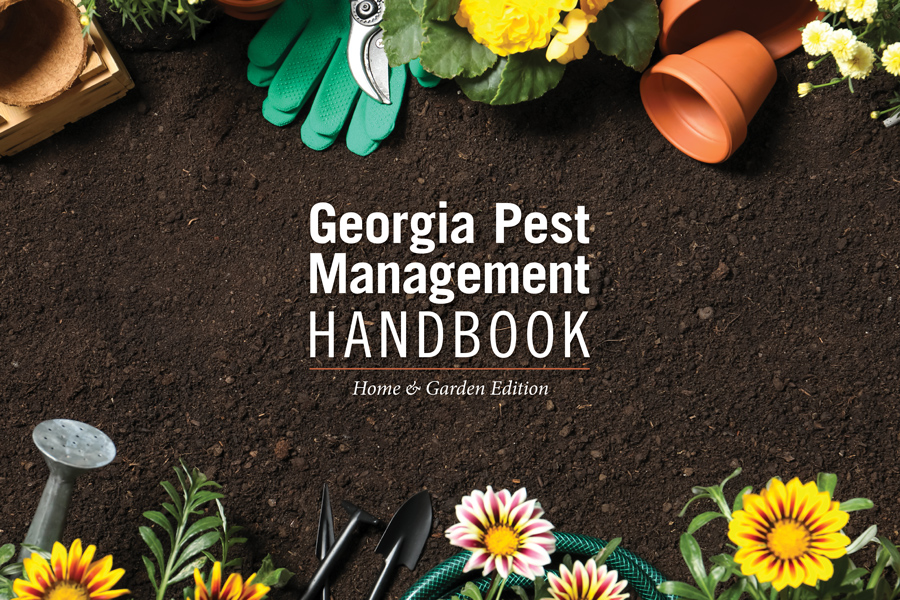
SB 48-07
Household and Stored Products
This section of the Home & Garden Edition covers household and structural insect control, tips for hiring a professional pest control company, and management of excess moisture that attracts and sustains pest problems. Beginning in 2022, the Home & Garden Edition has been updated biennially. When purchasing a product based on a first-year recommendation of the Handbook, check the current product label before purchase to be sure it is still labeled for the use for which you are buying it. For pesticide products you have on hand from earlier purchases, you are allowed to use them until they are depleted without penalty under the law. Always follow label instructions before use. Contact the product’s manufacturer for the most up-to-date label.
Dan Suiter and Allison Faye Johnson
|
-
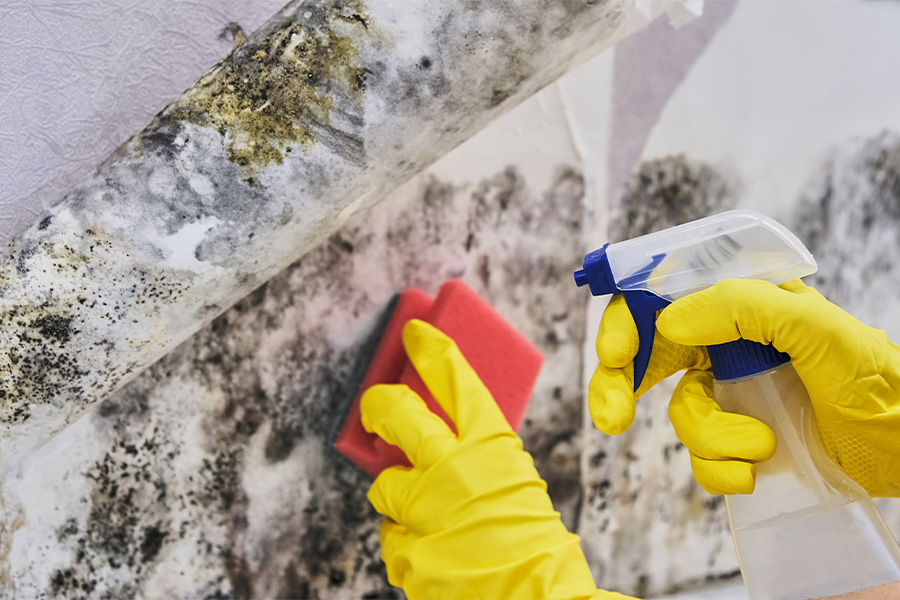
C 1047-2
Removing Mold in Your Home
Mold grows from spores, which are found naturally in the air and cannot be seen by the naked eye. Do a complete inspection of your home using the UGA Mold and Moisture Checklist. The key to controlling mold is to eliminate the source of the moisture problem.
Pamela R. Turner, Jackie E. Ogden, and Melanie Badding
|
-
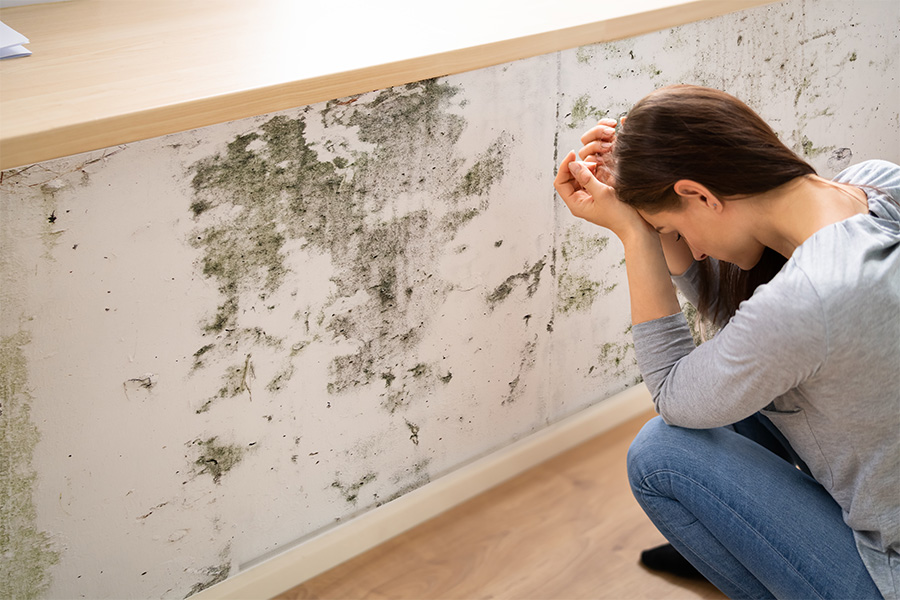
C 1047-1
Preventing Mold in Your Home
Mold in your home is not only unsightly, it can also cause health problems. If you have mold growing in your home, you may experience allergy-like symptoms, asthma attacks, or other negative health effects. Learn how to prevent mold from becoming a problem in your home.
Pamela R. Turner, Jackie E. Ogden, and Melanie Badding
|
-
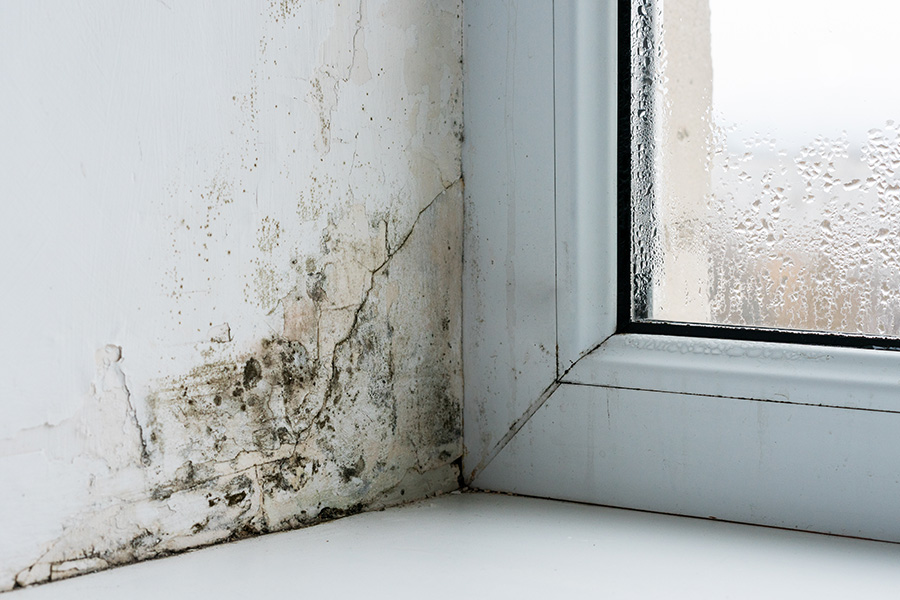
Pamela R. Turner
|
-

C 1082
Home Maintenance Checklist
Just like your personal health, your home’s health will decline without regular care and maintenance. Maintaining a healthy indoor environment helps increase your quality of life and the life of your house. With a few simple steps you can keep your home healthy. Use this checklist as a guideline for your regular spring and fall home maintenance evaluations. Please note that maintenance frequencies may vary depending on your local climate and appliance manufacturing recommendations.
Pamela R. Turner
|
-
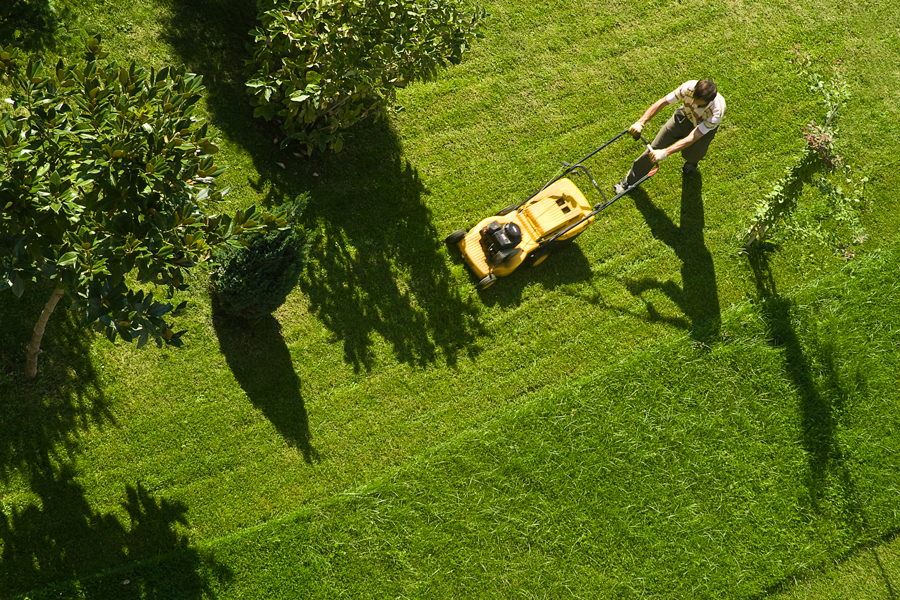
This publication covers routine maintenance and troubleshooting for common motorized equipment (small engine) that is used by small farmers and gardeners. Gardening and landscape equipment can be an expensive investment for both consumers and professionals. However, quality equipment can last a lifetime when cared for properly. Typically, you get what you pay for when it comes to equipment. Higher quality equipment certainly costs more upfront, but usually has fewer problems and will tend to outlast bargain-type tools. With name-brand equipment, parts also tend to be
more readily available. We recommend that you purchase the best equipment you can afford and learn how to take proper care of your equipment to protect your investment. For the garden and landscape, motorized equipment can include everything from a string trimmer to a full-size garden tractor. Most garden equipment is powered by either a two-cycle or four-cycle engine. Two-cycle motors mostly are found on smaller handheld equipment, such as chainsaws, tillers, and trimmers. Four-cycle motors typically are found on larger equipment such as lawnmowers, tillers, and garden tractors, which have separate reservoirs for their gas and engine oil. When properly maintained, both types of motors are quite reliable. Sometimes, very basic issues may keep motors from functioning well. All motors require three basic things to run properly: fuel, fire, and air. If any one or more of these three elements is lacking, the engine will either run poorly or not run at all.Bob Westerfield
|